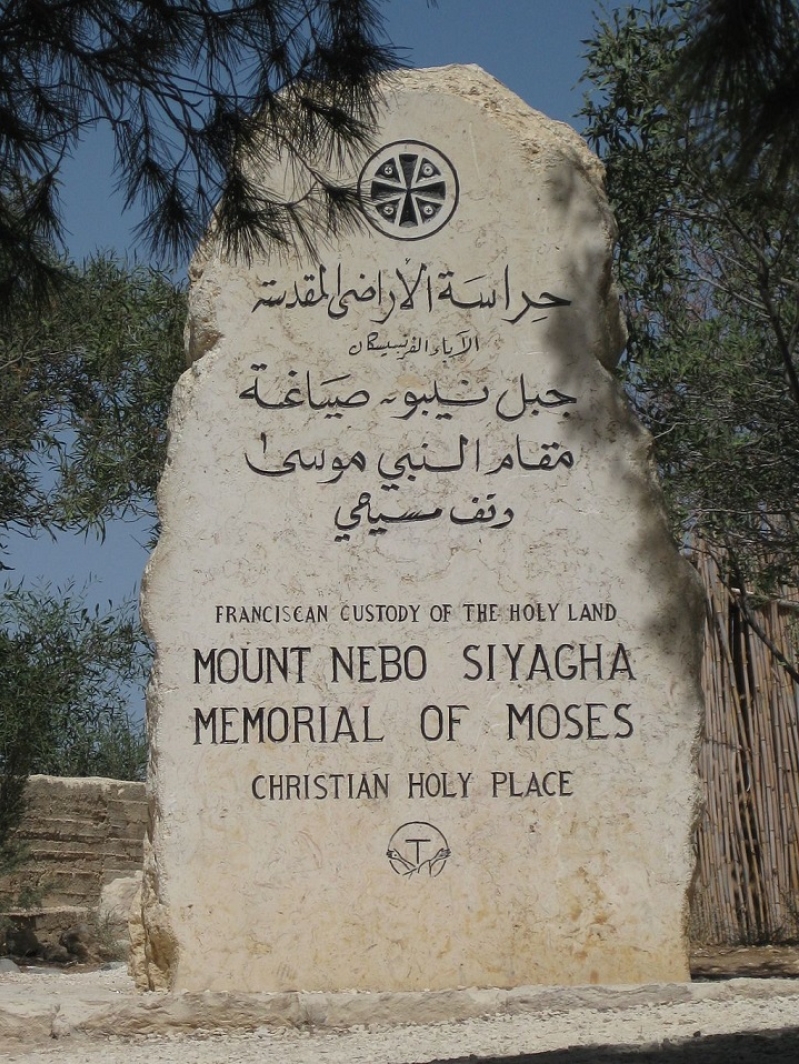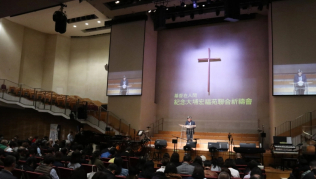
The place traditionally recognized as the site where Moses stood and looked at the Promised Land before he died has been opened once more to the public.
A church and monastery mark the site, which sits at the top of the 817-meter-high Mount Nebo in Jordan.
Known to be one of the most important pilgrimage places for Christians, it has attracted numerous pilgrims from all over the world for many centuries. However, it had been closed for almost 10 years for restoration work.
The Moses Memorial was reopened on Oct. 15, and the event was attended by officials, dignitaries, tourists and representatives from churches, according to The Jordan Times.
The special envoy of Pope Francis, Cardinal Leonardo Sandri, spoke during the inauguration. He stressed the cultural and artistic significance of the site, which holds value to Jews, Christians and Muslims.
“The spiritual treasures that this place holds today are returned to Jordan and to humanity,” Cardinal Sandri said, according to Catholic Herald. “I am very happy to represent here the Holy Father Francis and to be in the place of Moses when he received only the vision of the Promised Land.”
Based on Biblical account, after blessing the 12 tribes of Israel, Moses went up to Mount Nebo where “the Lord showed him the whole land—from Gilead to Dan, all of Naphtali, the territory of Ephraim and Manasseh, all the land of Judah as far as the Mediterranean Sea, the Negev and the whole region from the Valley of Jericho, the City of Palms, as far as Zoar,” as written in Deuteronomy 34.
The Lord told Moses the land he was being shown was the very land He promised to Abraham and his descendants. The Israelites, led by Joshua, did enter the land God had promised to give them, but Moses himself was not able to enter it. It is believed he died on Mount Nebo, although his body was never found.
In 1932, the Franciscan Custody of the Holy Land was brought under the leadership of Jordan’s King Abdullah I. Excavations were made in the area, and archaeologists discovered the ruins of a basilica constructed in 597 A.D. and Byzantine mosaic pavements.
Unfortunately, over the years, the protective structure that was supposed to help keep these archaeological finds safe began to deteriorate and needed restoration. Many years since the restoration work began, people are once more welcome to visit the site.
“We are receiving back not simply a space, rather an invitation and a way of life,” the Cardinal said.







